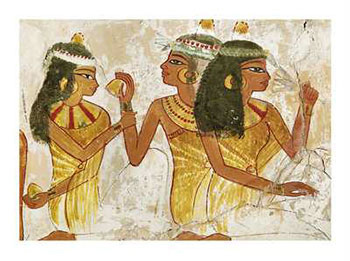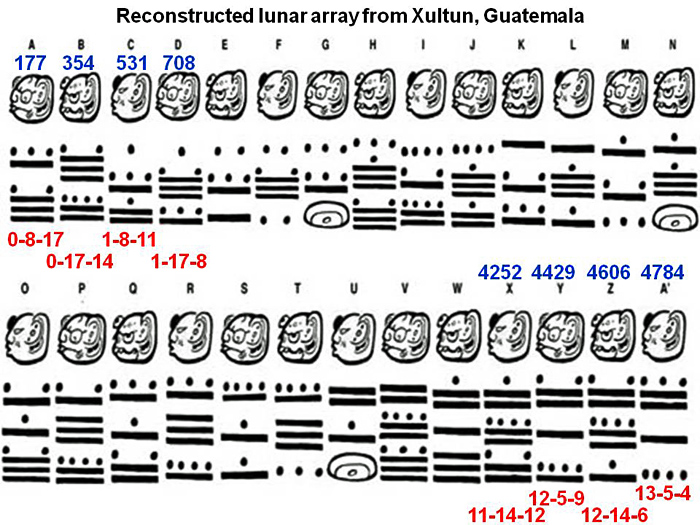-
- This session will be captured on Zoom, if I remember to turn it on, and record it.
- Our page of zooms and the play-by-plays.
-
I hope you had a good and relaxing Spring break.
- You have an IMath assignment, which will be due this
Friday, 3/18
- This from NKU's President, RE Covid:
Effective Tuesday, March 8, masks will be optional on campus, with these exceptions:
- Masks are required during class meetings in classrooms and lab spaces, through Monday, March 21.
- Masks are required in NKU Health, Counseling and Student Wellness facilities.
- Masks are required for at least five days following diagnosis of or exposure to COVID-19, per CDC policy.
- Individual employees may continue to require masks in individual private offices where they meet with students, other employees or visitors.
We will begin with Egyptian multiplication.

(The great news is that it reduces to the Fraudini trick!) It seems that the Egyptians didn't mind doubling things: that was easy for them; and that's the key to Egyptian multiplication.
- Let's start with a look at the history of a western understanding of Egyptian Mathematics.
- At the heart of Egyptian multiplication is the "Fraudini fact", or the "binary factorization":
Every natural number is either a power of two, or can be expressed as a sum of distinct powers of two in a unique way. (I underline "distinct" because you cannot repeat powers: otherwise you could write, for example,
3=1+1+1 rather than3=2+1 (which is the unique binary factorization). - Again this is parallel to prime factorization (and another
factorization which is to come!):
Every natural number (other than 1) is either prime, or can be expressed as a product of prime numbers in a unique way. - We'll start with a simple example: multiply 23*42.
1 42 2 4 8 16 32 Too big! Now add up those rows marked with an asterix (*), and you'll get the answer (966).
- Let's show that we can do a multiplication in either
order, by checking the product 42*23. (What is "too big" in
this case?)
- Let's try a longer multiplication. Consider, for example, 321*112:
1 321 2 4 8 16 32 64 128 Too big! Now add up those rows marked with an asterix (*), and you'll get the answer (35952).
- Examples: Try these:
- 43*16
- 21*79
- Mayan Calendar, on Wikipedia

